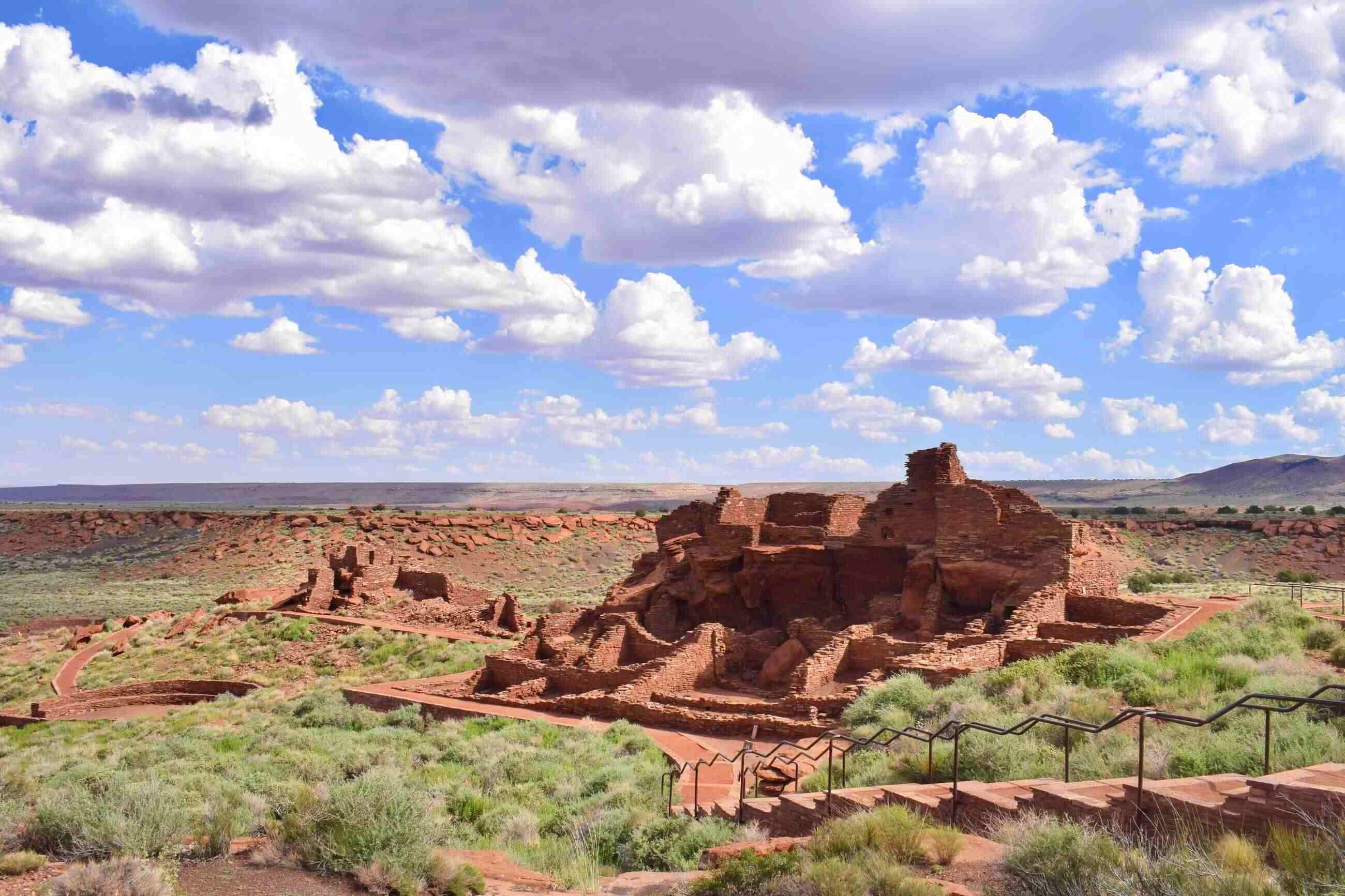Hidden Indigenous Ceremonial Sites Of The Southwest Desert

Have you ever wondered about the hidden stories of the Southwest desert? This vast, arid land holds secrets of ancient Indigenous ceremonial sites that few people know about. These sacred places, often tucked away in remote areas, offer a glimpse into the spiritual lives of the Native American tribes who once thrived here. Imagine standing where rituals and ceremonies took place, feeling the energy that has lingered for centuries. Exploring these sites not only enriches your understanding of history but also deepens your connection to the land. Ready to uncover the mysteries of these Indigenous ceremonial sites? Let's dive in!
Ancient Echoes in the Desert
The Southwest Desert holds secrets of ancient cultures, waiting to be uncovered. Indigenous ceremonial sites, hidden among the sands and rocks, offer glimpses into the spiritual lives of those who came before. Let's explore some of these sacred places.
Chaco Canyon: The Heart of Ancestral Puebloans
Chaco Canyon, located in northwestern New Mexico, was a major center of Ancestral Puebloan culture. This site is renowned for its monumental architecture and astronomical alignments.
Pueblo Bonito: The largest and most famous great house in Chaco Canyon, Pueblo Bonito, was a hub for ceremonies and gatherings. Its intricate design and massive scale reflect the advanced engineering skills of its builders.
Casa Rinconada: This great kiva, a large ceremonial structure, is one of the most impressive in Chaco Canyon. Its precise construction and alignment with celestial events suggest it played a significant role in the spiritual life of the Ancestral Puebloans.
Mesa Verde: Cliff Dwellings and Ceremonial Sites
Mesa Verde, in southwestern Colorado, is famous for its well-preserved cliff dwellings. These structures, built into the sides of cliffs, were home to the Ancestral Puebloans.
Cliff Palace: The largest cliff dwelling in North America, Cliff Palace, served as a ceremonial and residential center. Its numerous rooms and kivas indicate it was a focal point for community activities.
Spruce Tree House: Another significant cliff dwelling, Spruce Tree House, contains several kivas used for religious ceremonies. The site offers a glimpse into the daily and spiritual lives of its inhabitants.
Canyon de Chelly: Sacred Navajo Land
Canyon de Chelly, located in northeastern Arizona, has been inhabited for thousands of years. Today, it remains a sacred place for the Navajo people.
White House Ruin: This ancient site, named for the white plaster used on its walls, was a significant ceremonial center. Its location within the canyon walls adds to its mystique and spiritual importance.
Antelope House: Known for its stunning rock art, Antelope House was both a residential and ceremonial site. The vibrant petroglyphs and pictographs depict scenes of daily life and spiritual beliefs.
Bandelier National Monument: Home of the Ancestral Puebloans
Bandelier National Monument, in northern New Mexico, preserves the homes and ceremonial sites of the Ancestral Puebloans. The rugged landscape and ancient ruins offer a unique window into the past.
Tyuonyi: This large, circular pueblo was a central gathering place for ceremonies and community events. Its strategic location in Frijoles Canyon provided protection and resources for its inhabitants.
Long House: Built into the cliffs, Long House features numerous petroglyphs and kivas. These structures highlight the spiritual and artistic achievements of the Ancestral Puebloans.
Hovenweep National Monument: Towers of Mystery
Hovenweep National Monument, straddling the Utah-Colorado border, is known for its unique stone towers. These structures, built by the Ancestral Puebloans, served both practical and ceremonial purposes.
Square Tower Group: This cluster of towers and kivas was a focal point for ceremonies and community gatherings. The impressive architecture and strategic location suggest it held significant spiritual importance.
Cajon Group: Featuring a large tower and several kivas, the Cajon Group was another important ceremonial site. The intricate masonry and alignment with natural features reflect the advanced skills of its builders.
Petroglyph National Monument: Stories in Stone
Petroglyph National Monument, near Albuquerque, New Mexico, preserves thousands of ancient rock carvings. These petroglyphs, created by the Ancestral Puebloans and other indigenous peoples, offer insights into their spiritual beliefs.
Boca Negra Canyon: This area contains some of the most accessible and well-preserved petroglyphs. The carvings depict animals, people, and symbols, revealing the spiritual and cultural life of their creators.
Rinconada Canyon: Home to hundreds of petroglyphs, Rinconada Canyon offers a glimpse into the past. The images etched into the rocks tell stories of ceremonies, rituals, and daily life.
Preserving Cultural Heritage
Exploring the hidden Indigenous ceremonial sites of the Southwest Desert offers a unique glimpse into ancient traditions. These sacred places, often overlooked, hold immense cultural significance for Indigenous communities. Respecting and preserving these sites is crucial for maintaining their historical and spiritual value.
Visitors should approach these areas with reverence, understanding their importance to the people who have safeguarded them for generations. Learning about the rituals, stories, and meanings behind these sites enriches our appreciation of Indigenous cultures.
Supporting local efforts to protect these sacred spaces ensures they remain intact for future generations. Whether through responsible tourism or advocacy, everyone can play a part in preserving this cultural heritage. By doing so, we honor the legacy of the Indigenous peoples and contribute to a deeper understanding of their rich history.

